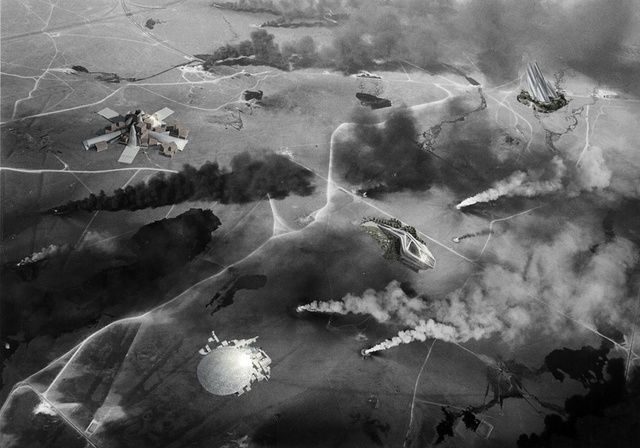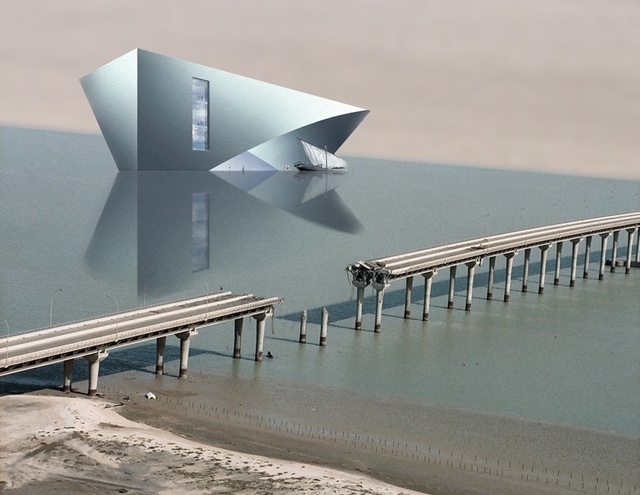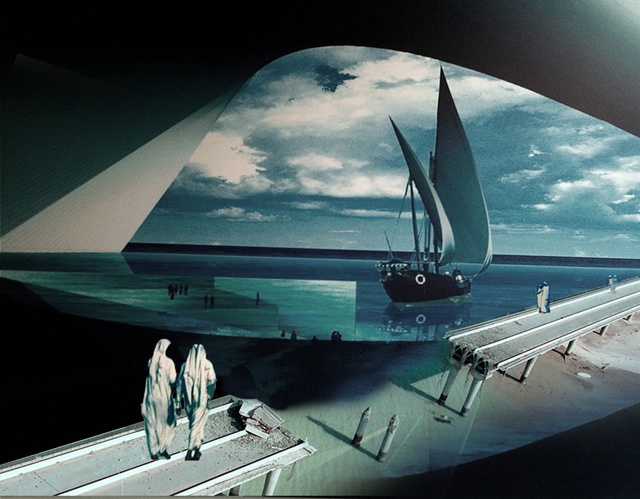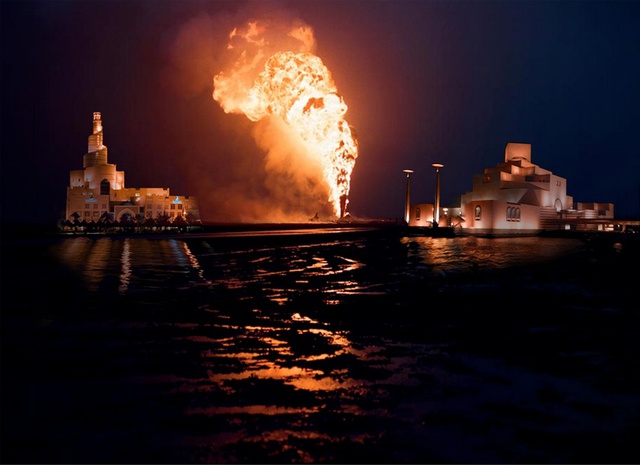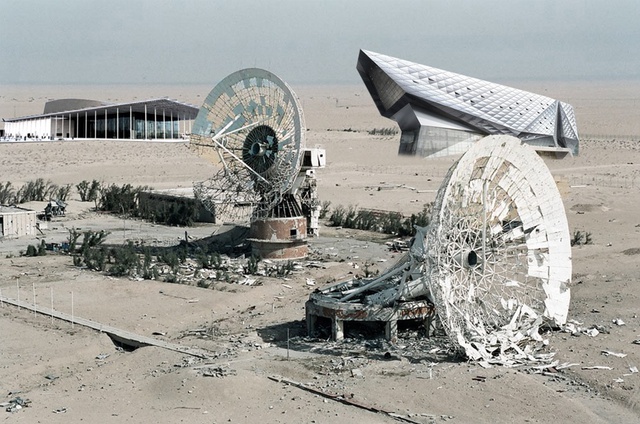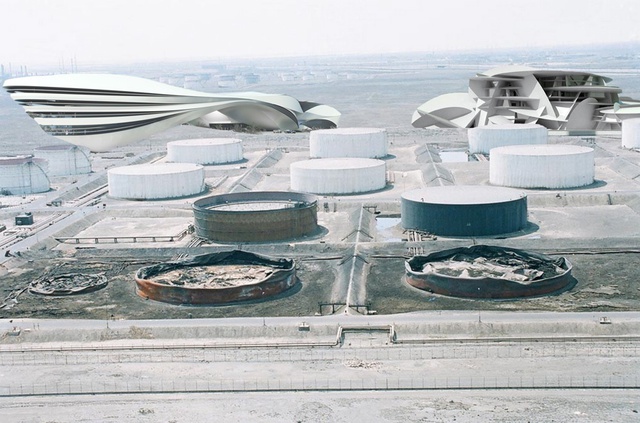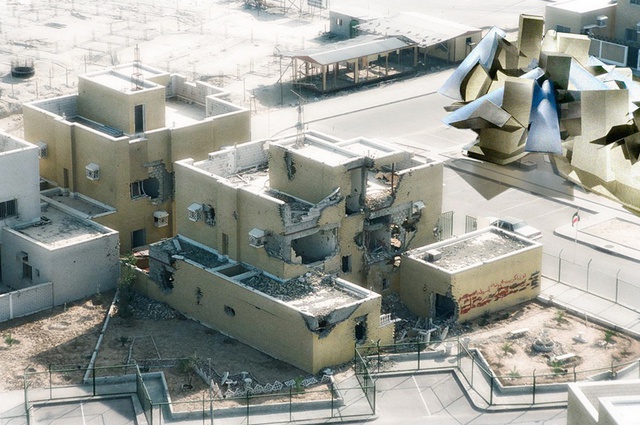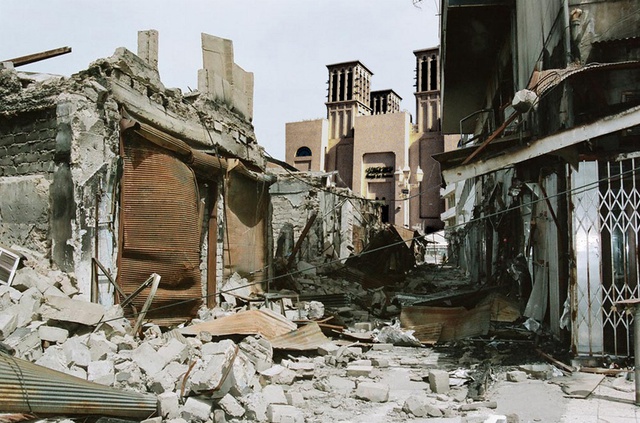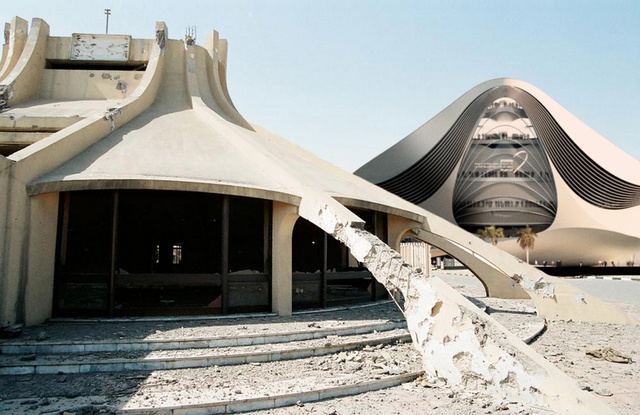Projects
Myth Busters
Following his extensive research on the evolution of museums in the Arabian Gulf, Dr. Alexandre Kazerouni discovered that a dramatic change had taken place in the early 1990s in Qatar, which would change the face of museum culture in the entire region. Instead of recreating the 'Heritage Museum' model that had existed in the Gulf states until that point – filled with dioramas, maps, archeological artefacts and Arabic books – Qatar decided to create the first architect-designed, brand-named, mega museum model that we are so used to seeing today. The Museum of Islamic Art Qatar, designed by I.M. Pei, was the first attempt towards such a transformation. The museum was larger and more ambitious than anything that had come before it, housing an enormous collection, and hosting a year-long programme filled with events. More importantly, it did not limit its reach to a local audience. Indeed, most of its publications, signs and other informative material were deliberately written in English so as to create a more global appeal for the museum. Yet, Kazerouni states that the target audience was not in fact merely 'global' in the traditional sense of the word, but specifically 'Western' – American and western European to be exact. He gave this new institutional prototype the name, 'Visibility Museum'.
So why did this new outlook on cultural policy transpire at this time? Was there a definitive moment that sparked the Visibility Museum construction rush across the region? Why did Gulf governments suddenly feel the need to advertise their cultural production to western audiences? What was the underlying aim?
Dr. Kazerouni traced this sudden change of heart to a specific political event that is nowadays faded and long forgotten: the Iraqi invasion of Kuwait 1990–91. The 'second' Gulf War as he puts it, although it lasted only seven months and created a sense of shock and disbelief within the Gulf regimes, which resonated far beyond the physical conflict on the ground. Saddam Hussein, 'The Sword of the Arabs' as he was fondly called during the 1980s, was committing aggression against other Arabs, shattering any lingering notions of Arabism, Pan-Arabism, or Arab nationalism and unity. In addition, the Gulf union itself – the GCC – originally set up to create a joint military defence alliance in case of any foreign attack, proved to be a useless pact in the face of the grim political reality at hand. The Gulf regimes resorted to hiring a foreign army – predominantly American – to liberate Kuwait from its neighbour.
In essence, the Gulf War highlighted many fallacies, false unions, and dispelled many myths. The Visibility Museums came to life because the survival of Gulf regimes became intertwined with the foreign policies of western governments and – more importantly – their populace's image of these states. The new museums strove to advertise the beauty of Islam, local culture and contemporary art practices so as to create the facade of a 'benevolent government', which had become integral to maintaining successful defence policies.
In my photo-series, Myth Busters, I superimpose the realized and unrealized mega-museum projects of the Gulf today onto images from the war in Kuwait in 1991, so as to highlight how destructive conflict can cause entire cultural landscapes to change and transform.
Read an interview with Monira Al Qadiri on Ibraaz, here.

